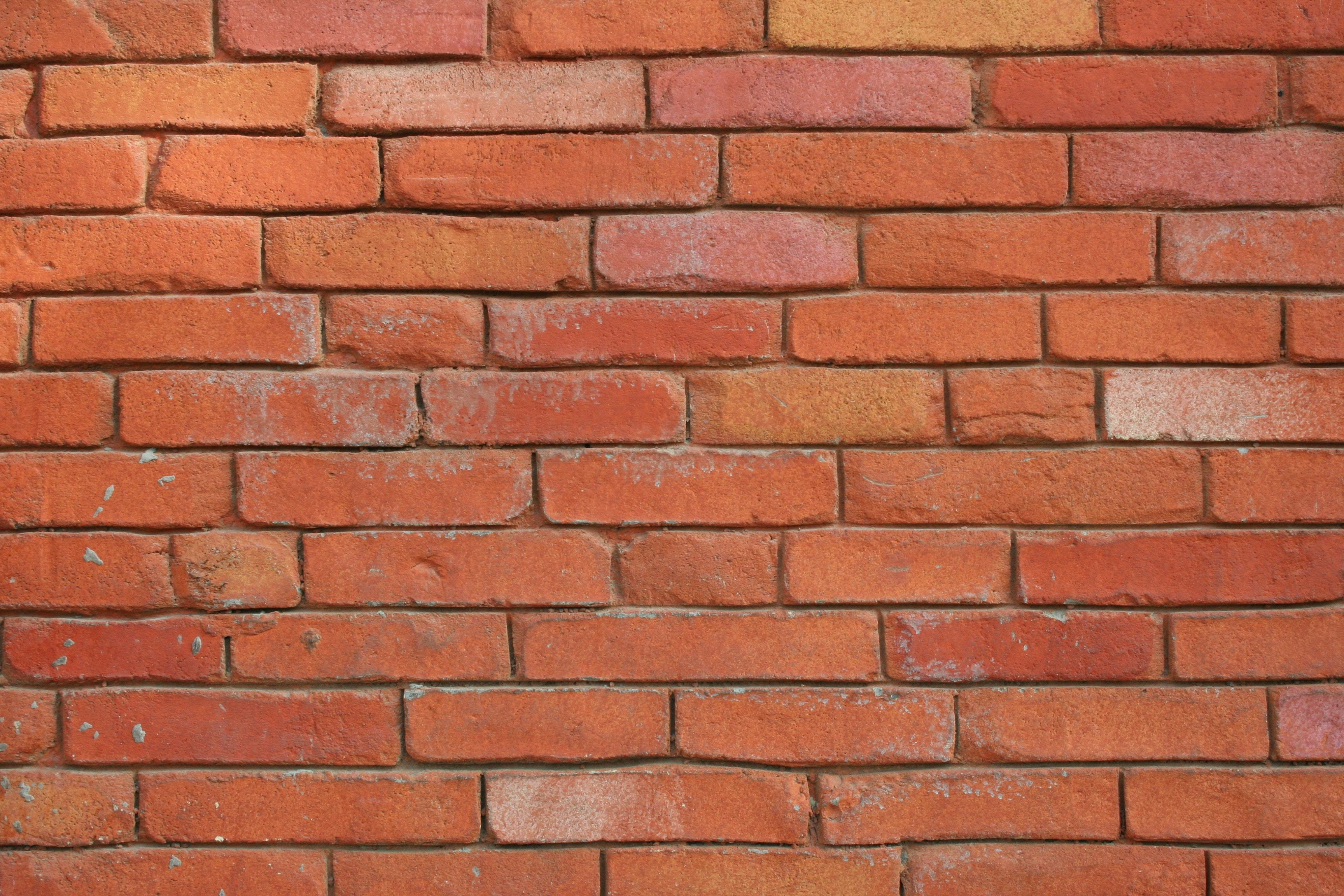
STC RATING
By Noral D. Stewart
An architect often has the need to find a wall design that meets a specific STC rating or to find the STC rating of a wall design. Typically and logically the first step is to research information available in books and from manufacturers of materials that are used in the walls such as gypsum, concrete block, and sound absorption materials. However, many people stop after the first result they find, and that can be a big mistake. Others make the mistake of searching further, but using the highest result they can find. This practice (sometimes called STC shopping) or simply using limited information can result in walls that do not meet the intended performance. The same can apply to the STC or IIC rating of floor-ceiling assemblies.
The STC rating is determined from tests performed in a special laboratory. The basic mistake is assuming that these tests are absolutely repeatable with the same result or that the results published are always the expected typical result. What is usually found is the result of a single test, especially in manufacturer literature. That result may be the best that design has ever achieved, or it may be the worst. For the same basic design constructed and tested several times especially in different laboratories, a bell curve type distribution of results will be seen. As with any normal distribution, with enough tests a normal result near the middle of the bell curve can be established with outliers. Experience indicates the probability that a single result is more than 1 point from the average is on the order of 50%. On the other hand, the probability that it will be within 2 points of the average is over 80%. There is still a small chance that a single result may be more than 2 points greater or less than the average result. However, looking at just one result, you do not know. Also, without the actual test report, you may not know that special circumstances existed for the test that influenced the result and are not described in the brief listing of results.
For common walls that have been tested many times, normal results are known. Limited test results are available for some less common walls. In these cases, it is necessary to compare results with tests of other walls with minor variations to see if they fit in. Theoretical models also can be used to compare with results to see if they seem reasonable. (Theoretical models are not available for IIC ratings of floor-ceiling constructions.)
The situation is worse for those who depend on the guide published by the Gypsum Association. This guide groups walls into ranges of STC such as STC 50 to 54. Suppose a wall normally tests in a range of STC 46 to 50 and most typically STC 47 or 48. The most logical place to find it would be in the category of STC 45 to 49. However, if the Gypsum Association has a single test at STC 50, they will put that test in the category of STC 50 to 54. Someone who finds that result then thinks that STC 50 to 54 is a reasonable range for the wall and that it can reliably provide a needed STC 50. In reality, 46 to 50 would be the reasonable range. This can be very misleading.
When asked to recommend a construction that meets a particular design intent or to estimate the STC or IIC of a construction, this firm relies on all available information that can be found. Our STC estimate reflects what we would expect the construction to most typically achieve in a laboratory test. Everyone must recognize that the “apparent” result that will be heard in the field will usually be less than this due to flanking around the partition and possibly flaws in construction.
The information in this document is not provided as a consulting service or as a solution to any specific problem.